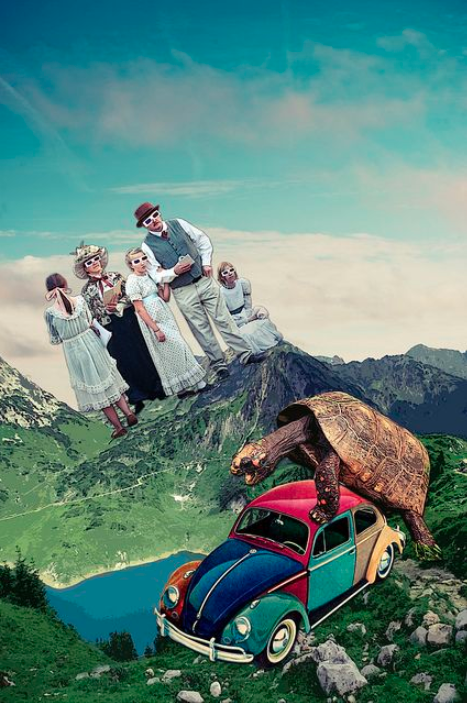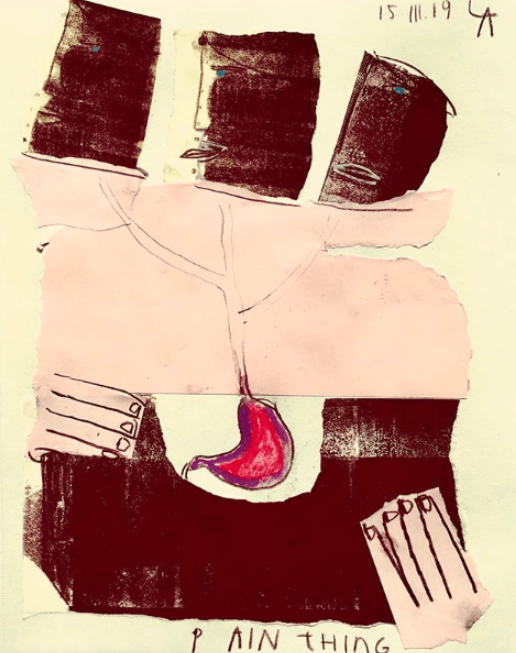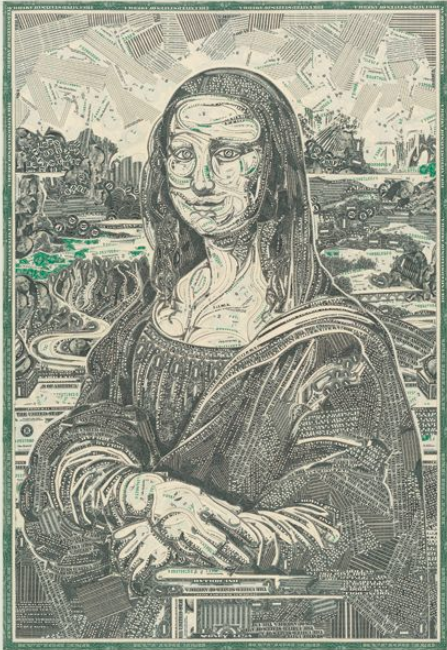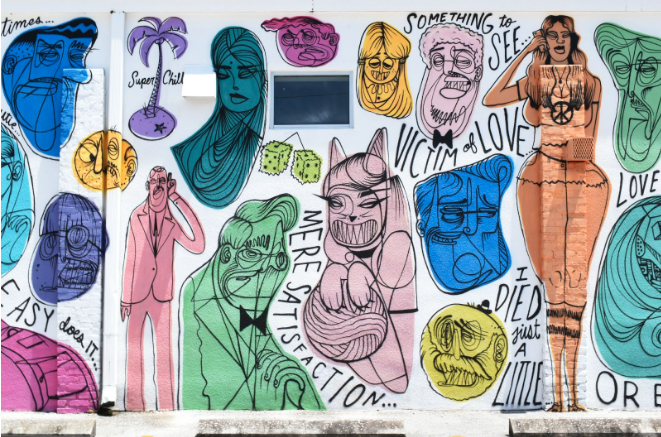Introduction
Collage art is a fascinating form of artistic expression that has captivated artists and art enthusiasts for centuries. It involves assembling different materials, such as photographs, magazine cutouts, fabric, and various found objects, to create a visually appealing and thought-provoking composition. In this blog post, we will delve into the world of collage art, exploring its history, the creative process involved, the work of contemporary artists, and the significance of collage art in a gallery or museum. Whether you're an art lover or a creative soul looking to explore new artistic endeavors, learning about collage art is a journey worth taking.
History of Collage Art
To truly appreciate collage art, it is important to understand its roots and the historical figures who influenced its development. The origin of collage art can be traced back to ancient times, when it was used in early civilizations such as China and Egypt. However, it was in the early 20th century that collage art gained recognition as a distinct and innovative art form.
One of the pioneers of collage art was Pablo Picasso, the renowned Spanish artist who co-founded the Cubist movement. Picasso's exploration of incorporating various materials and textures into his artwork significantly shaped the collage art we know today. Another influential figure was Georges Braque, a French painter who collaborated closely with Picasso and contributed to the development of Cubism.
They incorporated various materials, such as newspapers, sheet music, and fabric, into their artworks, creating collages that brought together different elements and perspectives in a fragmented and abstracted manner. Their innovative use of collage opened up new possibilities for artistic expression and greatly influenced the development of modern art.
The evolution of collage art throughout history is a testament to its versatility and adaptability. Artists like Hannah Höch, a prominent member of the Dada movement, introduced political and social commentary into collage art during the early 20th century. As time progressed, artists like Kurt Schwitters and Joseph Cornell pushed the boundaries of collage, experimenting with unconventional materials and three-dimensional compositions.
The Creative Process of Collage Art
Creating a collage involves more than just randomly gluing materials together. It requires careful thought, planning, and artistic vision. The first step in the creative process is gathering materials. Collage artists often collect various materials, including old magazines, photographs, textured paper, fabric scraps, and even found objects like buttons or feathers.
Once the materials are gathered, the artist begins the process of composition. This involves arranging and rearranging the elements and experimenting with different placements and combinations until a cohesive and visually appealing composition emerges. The artist considers color, texture, balance, and focal points to create a harmonious and engaging artwork.
In addition to traditional glue, collage artists employ various techniques to adhere the materials to the surface. These techniques include gel medium, double-sided tape, stitching, or heat transfers. Each technique adds a unique touch to the artwork, enhancing its texture and depth.
Different techniques can further enhance the visual impact of a collage. Some artists employ cutting and tearing techniques to create interesting edges and shapes. Others experiment with layering, creating a sense of depth and dimension. Collage art allows for endless experimentation and exploration, making it a versatile and exciting medium for artists.
Contemporary Collage Artists
Collage art continues to evolve and flourish in the contemporary art scene. The contemporary art movement embraces new ideas, materials, and technologies, pushing the boundaries of traditional art forms. Many talented artists have emerged within this movement, each with their own unique style and approach to collage art.
One notable contemporary collage artist is Eugenia Loli, who combines vintage imagery with surreal and whimsical elements. Loli's collages often evoke a sense of nostalgia and mystery, inviting viewers to explore the hidden narratives within her compositions. Another artist to watch is Mark Wagner, who creates intricate and thought-provoking collages using cut-up dollar bills. His work challenges the viewer's perception of value and consumerism.

Artwork by Eugenia Loli
Examples of Contemporary Collage Art Pieces
-
Pain Thing
"Pain Thing" by Laslo Antal: This contemporary collage artwork grabs your attention. It's made up of different pictures showing pain and sadness, arranged in a clever way. Looking at it, you can feel the strong emotions it portrays. It makes you think about the complexities of human suffering.

-
Currency Collage of the Mona Lisa
"Currency Collage #5" by Mark Wagner: In this thought-provoking piece, Wagner skillfully cuts and arranges pieces of dollar bills to form an intricate and detailed image of the Mona Lisa. The collage challenges the notion of money as a symbol of power and explores the relationship between wealth and art. Through his meticulous craftsmanship, Wagner encourages viewers to question the inherent value we place on currency.

-
Fragmented Memories
"Fragmented Memories" by Sarah Roberts: Roberts' collage work often revolves around themes of memory and identity. In "Fragmented Memories," she combines old family photographs with torn pieces of paper and delicate lace, creating a nostalgic and fragmented representation of the past. The collage evokes emotion and invites viewers to reflect on their personal histories.
-
Urban Mosaic
"Urban Mosaic" by Javier Piñón: Piñón's collages capture the vibrancy and energy of urban life. "Urban Mosaic" features a mix of photographs, newspaper clippings, and colorful patterns that come together to depict the bustling streets of a city. Piñón's use of layers and textures adds depth and movement to the composition, immersing viewers in the dynamic urban landscape.
Conclusion
So, whether you're an art lover seeking inspiration or a creative individual looking to explore new artistic endeavors, collage art offers a world of possibilities. Embrace the rich history, delve into the creative process, and immerse yourself in the captivating works of contemporary artists. Discover the beauty of combining diverse materials, unleashing your imagination, and creating visually stunning compositions that speak to the heart and mind. Leap into collage art and let your creativity soar.
